Name U-166 Yard number 705 Commissioned 23 March 1942 Construction started 6 December 1940 Draft 4.7 m | Ordered 25 September 1939 Laid down 6 December 1940 Length 77 m Launched 1 November 1941 Beam 6.76 m | |
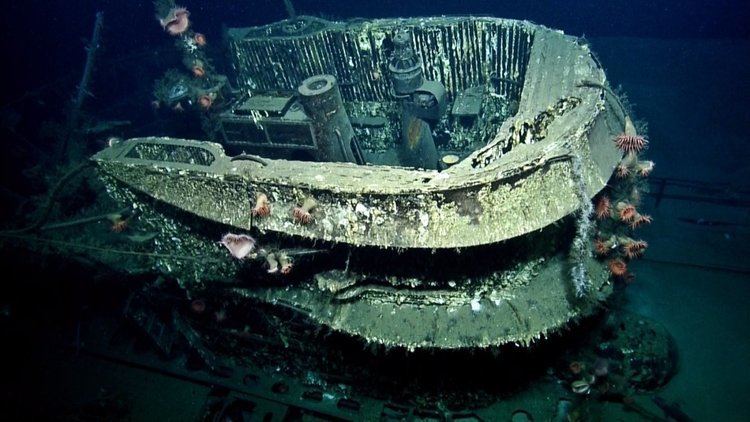 | ||
Part of 4th U-boat Flotilla, 10th U-boat Flotilla | ||
German submarine U-166 was a Type IXC U-boat of Nazi Germany's Kriegsmarine during World War II. The submarine was laid down on 6 December 1940 at the Seebeckwerft (part of Deutsche Schiff- und Maschinenbau AG, Deschimag) at Wesermünde (modern Bremerhaven) as yard number 705, launched on 1 November 1941 and commissioned on 23 March 1942 under the command of Oberleutnant zur See Hans-Günther Kuhlmann. After training with the 4th U-boat Flotilla, U-166 was transferred to the 10th U-boat Flotilla for front-line service on 1 June 1942. The U-boat sailed on only two war patrols and sank four ships totalling 7,593 gross register tons (GRT). She was sunk on 30 July 1942 in Gulf of Mexico.
Contents

Design
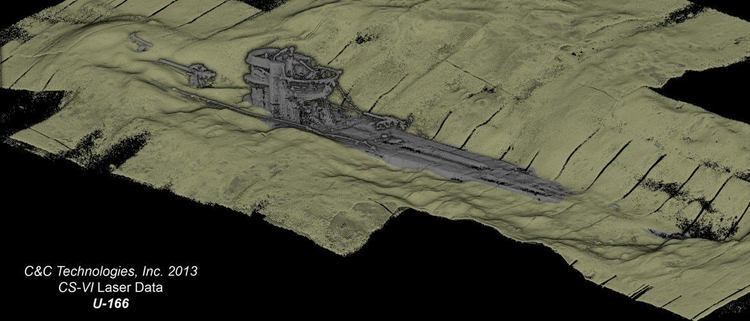
German Type IXC submarines were slightly larger than the original Type IXBs. U-166 had a displacement of 1,120 tonnes (1,100 long tons) when at the surface and 1,232 tonnes (1,213 long tons) while submerged. The U-boat had a total length of 76.76 m (251 ft 10 in), a pressure hull length of 58.75 m (192 ft 9 in), a beam of 6.76 m (22 ft 2 in), a height of 9.60 m (31 ft 6 in), and a draught of 4.70 m (15 ft 5 in). The submarine was powered by two MAN M 9 V 40/46 supercharged four-stroke, nine-cylinder diesel engines producing a total of 4,400 metric horsepower (3,240 kW; 4,340 shp) for use while surfaced, two Siemens-Schuckert 2 GU 345/34 double-acting electric motors producing a total of 1,000 metric horsepower (740 kW; 990 shp) for use while submerged. She had two shafts and two 1.92 m (6 ft) propellers. The boat was capable of operating at depths of up to 230 metres (750 ft).
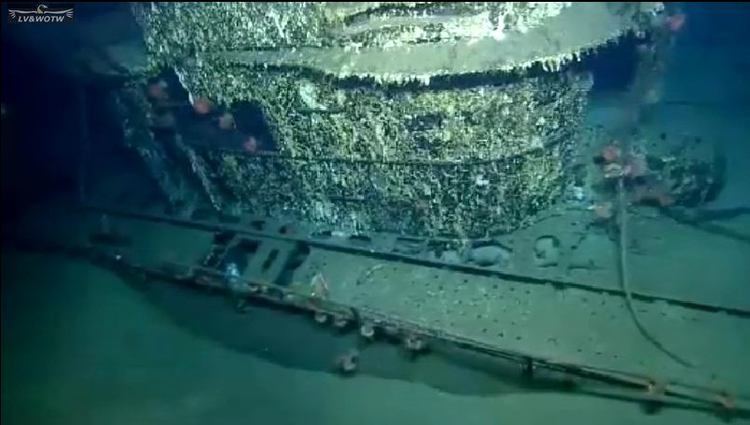
The submarine had a maximum surface speed of 18.3 knots (33.9 km/h; 21.1 mph) and a maximum submerged speed of 7.3 knots (13.5 km/h; 8.4 mph). When submerged, the boat could operate for 63 nautical miles (117 km; 72 mi) at 4 knots (7.4 km/h; 4.6 mph); when surfaced, she could travel 13,450 nautical miles (24,910 km; 15,480 mi) at 10 knots (19 km/h; 12 mph). U-166 was fitted with six 53.3 cm (21 in) torpedo tubes (four fitted at the bow and two at the stern), 22 torpedoes, one 10.5 cm (4.13 in) SK C/32 naval gun, 180 rounds, and a 3.7 cm (1.5 in) as well as a 2 cm (0.79 in) anti-aircraft gun. The boat had a complement of forty-eight.
1st patrol
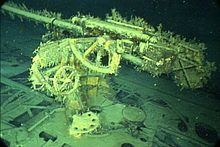
U-166 first sailed from Kiel to Kristiansand, Norway, on 30–31 May 1942. The U-boat sailed on her first combat patrol, from Kristiansand on 1 June 1942, around the British Isles, and arrived at Lorient, France, ten days later on 10 June.
2nd patrol
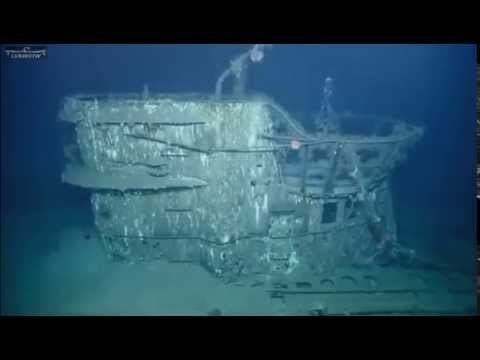
U-166 departed from Lorient on 17 June 1942, sailed across the Atlantic and into the Gulf of Mexico and is credited with the following "kills":
Fate
Robert E. Lee was under escort from the United States Navy patrol craft PC-566 approximately 45 miles (72 km) south of the Mississippi River Delta when she was torpedoed by U-166 on 30 July 1942. PC-566 immediately attacked and claimed to have sunk the U-boat with depth charges.
On 1 August 1942, a United States Coast Guard J4F-1 Widgeon amphibious aircraft spotted a U-boat approximately 100 miles (160 km) off the coast of Houma, Louisiana. The aircraft attacked and it appeared that the U-boat was hit in the attack. U-166 was reported missing in action on 30 July 1942, which coincided with the American aircraft's attack on "a U-Boat", leading to the aircraft being credited with the sinking of U-166, with the loss of all 52 crew members. Both aircraft crewmen were decorated for the action.
Wreckage located in 2001
However, in 2001, when the wreck of Robert E. Lee was located in more than 5,000 feet (1,500 m) of water, the wreck of U-166 was also located, less than two miles from where it had attacked her. An archaeological survey of the seafloor prior to construction of a natural gas pipeline led to the discoveries by C & C Marine archaeologists Robert A. Church and Daniel J. Warren. The sonar contacts consisted of two large sections lying approximately 500 feet apart at either end of a debris field that indicated the presence of a U-boat. Petroleum companies operating in the Gulf of Mexico’s outer continental shelf are required to provide sonar data in areas that have archaeological potential. BP and Shell sponsored additional fieldwork to record detailed images, including a gun on the deck aft of the submarine’s conning tower.
Charles "C.J." Christ, from Houma, spent most of his life searching for U-166 and was involved in the final identification of the U-boat.
The site where U-166 lies, at 28°37′N 90°45′W has been designated a war grave because its crew of 52 is entombed there. It is protected against any future attempts to salvage it.
Oceanographer and National Geographic Explorer-in-Residence Dr. Robert Ballard explored and mapped the wreck in the summer of 2014 with remotely operated vehicles and determined that the bow of the submarine was destroyed, apparently by a depth charge which landed on the forward deck, exploded, and caused an internal explosion of the submarine's own torpedoes.
Initial credit for the sinking of U-166 had been given to a Grumman G-44 Widgeon, but the position of the wreck made it clear that this should have gone to the submarine chaser PC-566. On 16 December 2014, the Secretary of the Navy Ray Mabus posthumously awarded the captain of PC-566, then-LCDR Herbert G. Claudius, USNR (later CDR, then CAPT USN), the Legion of Merit with a Combat "V" device for heroism in battle and credited him with the sinking of the U-boat. "Seventy years later, we now know that [Claudius's] report after the action was absolutely correct," he said. "[Claudius's ship] did sink that U-boat, and it's never too late to set the record straight."
